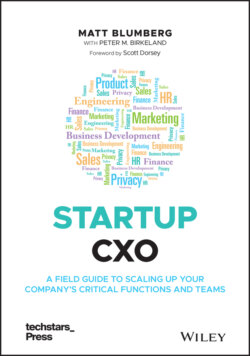Читать книгу Startup CXO - Matt Blumberg - Страница 20
Chapter 5 Size of Opportunity
ОглавлениеCertainly, if you can use outside research or information to inform potential investors about the size of the opportunity, you should take advantage of that. It's very useful if there is an industry study that provides an estimate of the market size. A published industry source not only lends more credibility to you and your business, but also reduces the amount of time you have to spend finding estimates of market size. If you're in a completely new market, you'll have no option other than creating your own market size estimate. One of the common mistakes early‐stage companies make is in overestimating the size of the market opportunity so that it becomes ignored in any presentation. You have a clever product that “every homeowner” will want (for example), but that doesn't play well with investors and they'll want more sophisticated thinking on your market opportunity.
Instead, figure out the size of the total addressable market (TAM). You can arrive at this number in a couple of different ways. A top‐down approach focuses on readily available macro indicators. For example, if your business is chasing an opportunity in the real estate space, it's easy to find macro numbers on the size of the US real estate segment you are in and you can provide some color on how fast it is growing and what percent of that segment you feel is addressable for your business.
The other approach, bottom‐up, uses individual metrics to arrive at a number if you were able to sell your solution to every single possible client. Continuing the real estate example, if your clients are commercial real estate tenants, you could use data that show there are 500,000 commercial tenants in the US (for the easy math) in your market and the average service price of your product is $5,000 a year, the total addressable market is $2.5 billion. From there you would (probably) refine that number to something more reasonable, like reducing the TAM by region or some other factor.
The CFO plays a major role in driving alignment among the leadership team in creating a realistic answer to the size of market opportunity. If this is not well thought‐out, if it's wildly optimistic, if there is no data supporting your assumptions, you could lose investor confidence.
